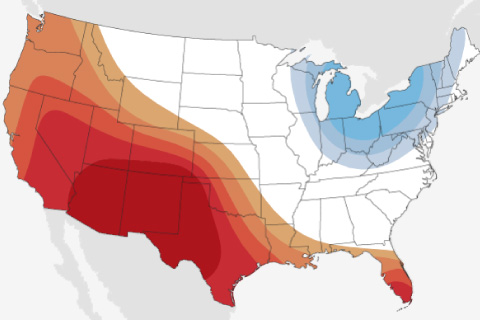
The May 2020 temperature and precipitation outlook issued by NOAA's Climate Prediction Center forecasts a warmer-than-average May for the western United States and Gulf Coast and a drier-than-average month for the Great Lakes.

Katherine Allen studies oceans and climate, past and present. Her knowledge of plankton and her scuba diving skills have allowed her to explore fascinating and beautiful locations from New Zealand to Maine.

Spring 2020 brings rare ozone “hole” to the Arctic
April 21, 2020
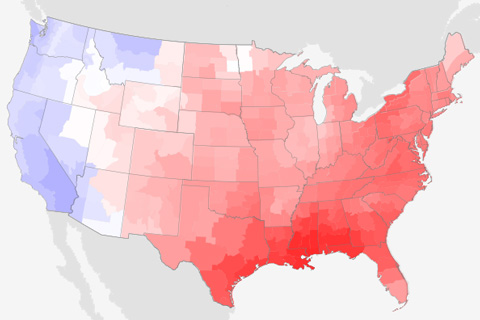
Most of the United States was warmer than average. Wet conditions in March eased drought concerns in Southern California, but extreme dryness around the Gulf Coast raised the chances of drought there.
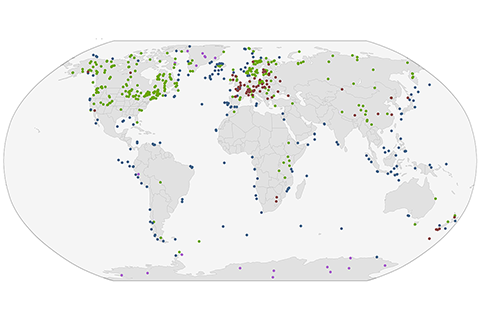
The most comprehensive database ever assembled of paleoclimate proxies that tell scientists about temperatures since the last ice age ended around 12,000 years ago has been released to the public.

Global temperatures in March 2020 were the second warmest on record, helping to start spring off just as abnormally warm as winter ended.
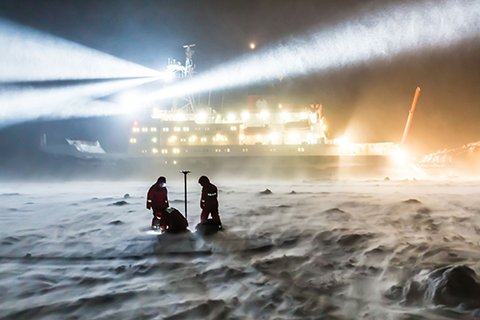
In 2015, NOAA's Climate Program Office (CPO) invited grant proposals from sea ice and climate scientists looking to better understand and predict Arctic sea ice behavior, on timescales ranging from days to decades. This is our second story on some of the resulting research.
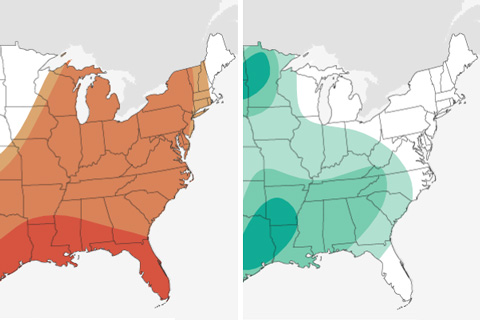
Much of the U.S. is favored to be warm and wet in April 2020, but cool conditions are more likely in the Pacific Northwest and Northern Rockies.
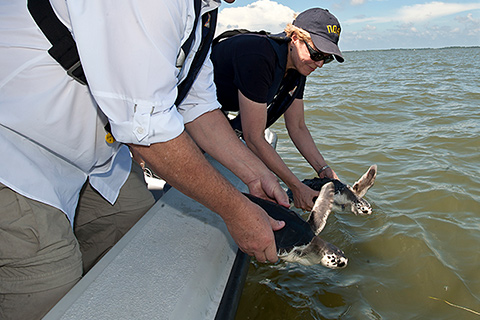
Former NOAA administrator Jane Lubchenco discusses her family's history of women in science, the importance of mentorship, her solution to achieving work-life balance, and how citizen science can help foster trust between scientists and stakeholders.

Arctic sea ice extent reached its apparent annual maximum on March 5, 2020. It was the 11th-lowest maximum in the 42-year satellite record. Though nowhere near a record low, it was well below the 1981–2010 average.